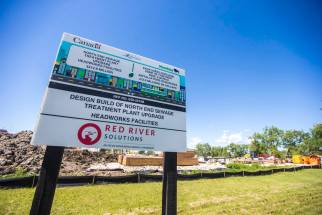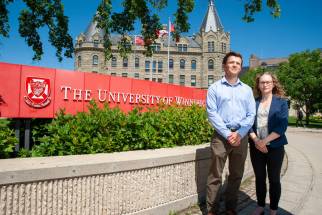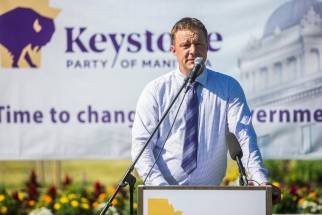City mulls potential price tag pivot in sewage plant overhaul
Read this article for free:
or
Already have an account? Log in here »
To continue reading, please subscribe:
Monthly Digital Subscription
$0 for the first 4 weeks*
- Enjoy unlimited reading on winnipegfreepress.com
- Read the E-Edition, our digital replica newspaper
- Access News Break, our award-winning app
- Play interactive puzzles
*No charge for 4 weeks then price increases to the regular rate of $19.00 plus GST every four weeks. Offer available to new and qualified returning subscribers only. Cancel any time.
Monthly Digital Subscription
$4.75/week*
- Enjoy unlimited reading on winnipegfreepress.com
- Read the E-Edition, our digital replica newspaper
- Access News Break, our award-winning app
- Play interactive puzzles
*Billed as $19 plus GST every four weeks. Cancel any time.
To continue reading, please subscribe:
Add Free Press access to your Brandon Sun subscription for only an additional
$1 for the first 4 weeks*
*Your next subscription payment will increase by $1.00 and you will be charged $16.99 plus GST for four weeks. After four weeks, your payment will increase to $23.99 plus GST every four weeks.
Read unlimited articles for free today:
or
Already have an account? Log in here »
Hey there, time traveller!
This article was published 21/07/2022 (1238 days ago), so information in it may no longer be current.
City of Winnipeg and provincial officials are pondering a change with the potential to shave hundreds of millions of dollars off the north end sewage treatment plant upgrades price tag.
The latest proposal would seek to reduce the amount of algae-promoting phosphorous in the plant’s effluent (a key contributor to algae blooms on Lake Winnipeg) to one milligram per litre or less in Phase 2 of the three-phase megaproject. That would meet a key target the province has set for the city.
The change would add $130 million to the Phase 2 price tag, which is facing $190 million of new inflation/project delays and $33 million for financing and other smaller costs.
Council’s previous upgrade plan presumed the city would reduce two algae-promoting nutrients, phosphorous and nitrogen, in an $828-million third phase, for which the city has yet to even seek funding.
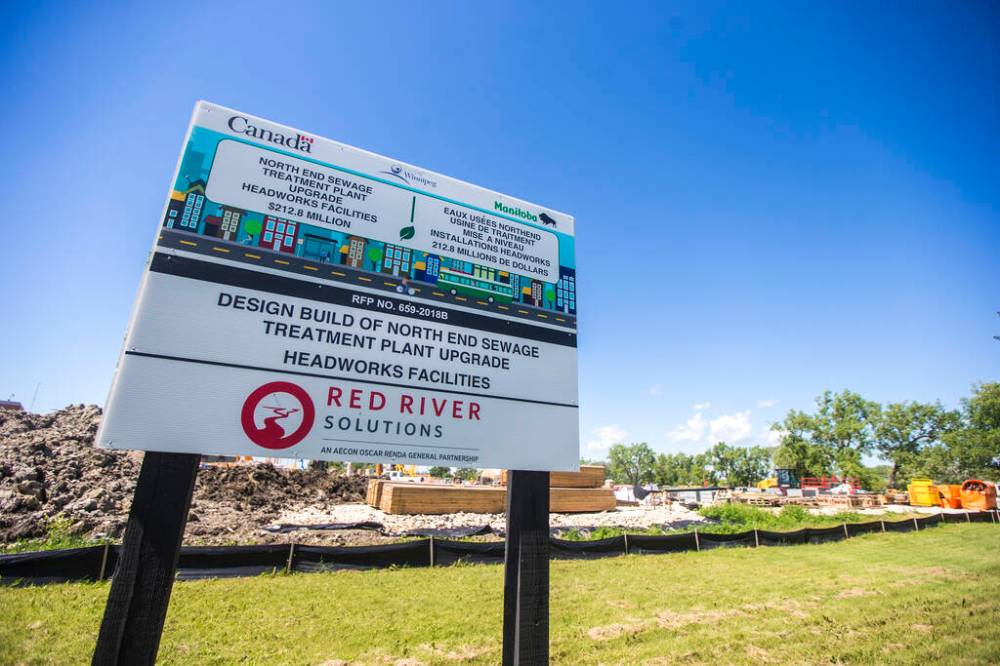
While some scientists argue both nutrients should be reduced, the Lake Winnipeg Foundation and others have long-argued phosphorous is the key culprit behind algae blooms, so the city should focus on cutting it as soon as possible.
Mayor Brian Bowman said the option to scrap, or at least greatly reduce, the scope of Phase 3 is now being discussed.
“I know that is a topic… whether or not the changing requirements from the regulator at the provincial level could affect Phase 3. That is a distinct possibility,” Bowman said Thursday. “I don’t have the answer for you right now… in terms of whether or not Phase 3 is ultimately going to be needed or not.
“If it isn’t, based on a costing perspective, that’s where that refinement of the numbers could be pretty radically affected in a good way.”
The federal government is now reviewing an application that would have the city, province and feds enter a funding agreement to get the upgrade’s second phase completed.
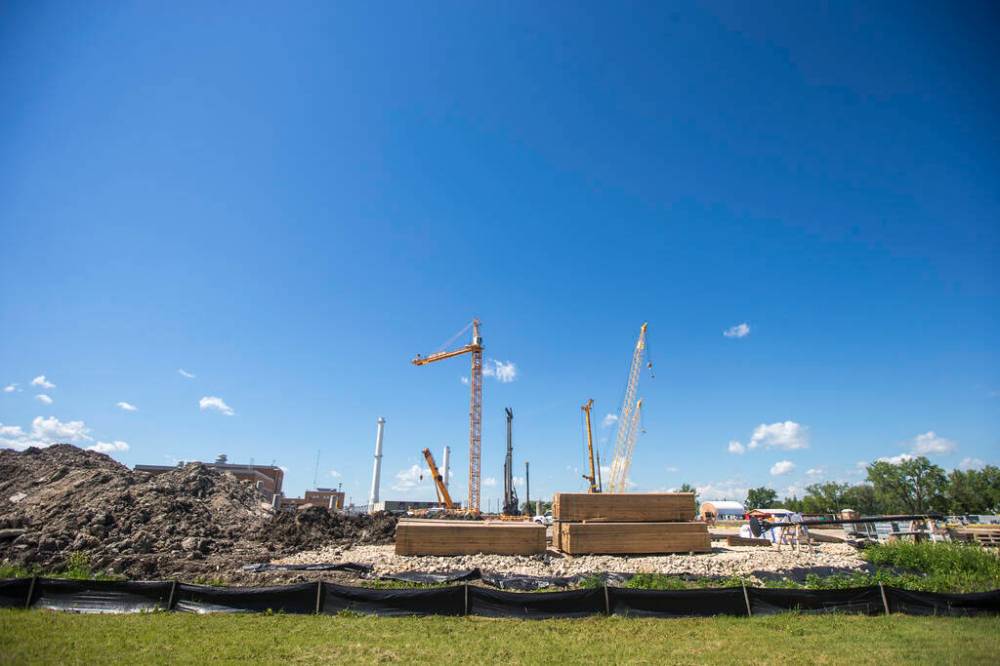
Overall, the city now expects the total Phase 2 cost to rise $360 million (to $912 million from $552 million). With no changes to Phase 3, that price hike would be additional to the $1.854-billion tab for the entire north end sewage treatment plant upgrades package.
The mayor said controlling that cost is important, especially because a higher bill could force the city to raise water and sewer rates.
Coun. Brian Mayes, head of council’s water and waste committee, said the conflicting scientific advice on whether nitrogen removal is needed sparks questions about the value of the original plan.
“Certainly, Lake Winnipeg Foundation, for years, has said: just get going on (removing) the phosphorous. If you’re unsure about whether you need (a nearly) billion-dollar project that might be a sign to be very cautious about proceeding,” said Mayes.
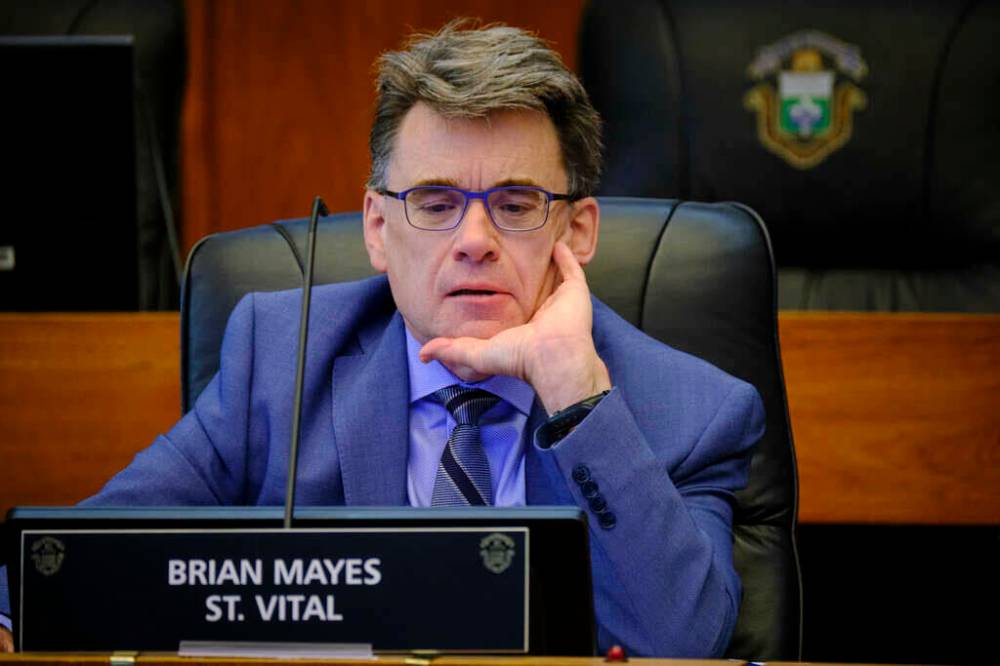
“I’ve come to the view that probably (Phase 3 is mostly) avoidable if we do this interim step… Let’s get going on phosphorous and see where that leads us.”
While Phase 3 was primarily designed to reduce the two key algae-promoting nutrients in the effluent, it also includes other sewage improvements, though it’s possible that work could come at a much lower cost, said Mayes.
In a written statement, a spokesperson said the province still requires much more information before it can make a decision on the matter: “Although discussions are ongoing, the city has not provided any level of detail with which to make informed decisions. Even when that information is provided, it will take some time to review by both the province and the federal government.”
“I’ve come to the view that probably (Phase 3 is mostly) avoidable if we do this interim step… Let’s get going on phosphorous and see where that leads us.” – Coun. Brian Mayes
Pending funding approvals, the city expects to award the biosolids construction project in 2025, and complete it within the following five years. On Thursday, council referred the new cost estimate for that work to be considered in the 2024-27 multi-year budget process.
The province has ordered the city to complete a schedule and funding plan that would complete the entire plant upgrade by 2030 — a deadline that would be much easier to meet if the third phase of work was reduced or eliminated.
Meanwhile, council also approved a separate $17-million interim step to reduce phosphorus leaving Winnipeg’s north end plant, beginning next summer. That interim project would strategically add ferric chloride at multiple points in the sewage treatment process to reduce pollution.
joyanne.pursaga@freepress.mb.ca
Twitter: @joyanne_pursaga

Born and raised in Winnipeg, Joyanne loves to tell the stories of this city, especially when politics is involved. Joyanne became the city hall reporter for the Winnipeg Free Press in early 2020.
Our newsroom depends on a growing audience of readers to power our journalism. If you are not a paid reader, please consider becoming a subscriber.
Our newsroom depends on its audience of readers to power our journalism. Thank you for your support.



